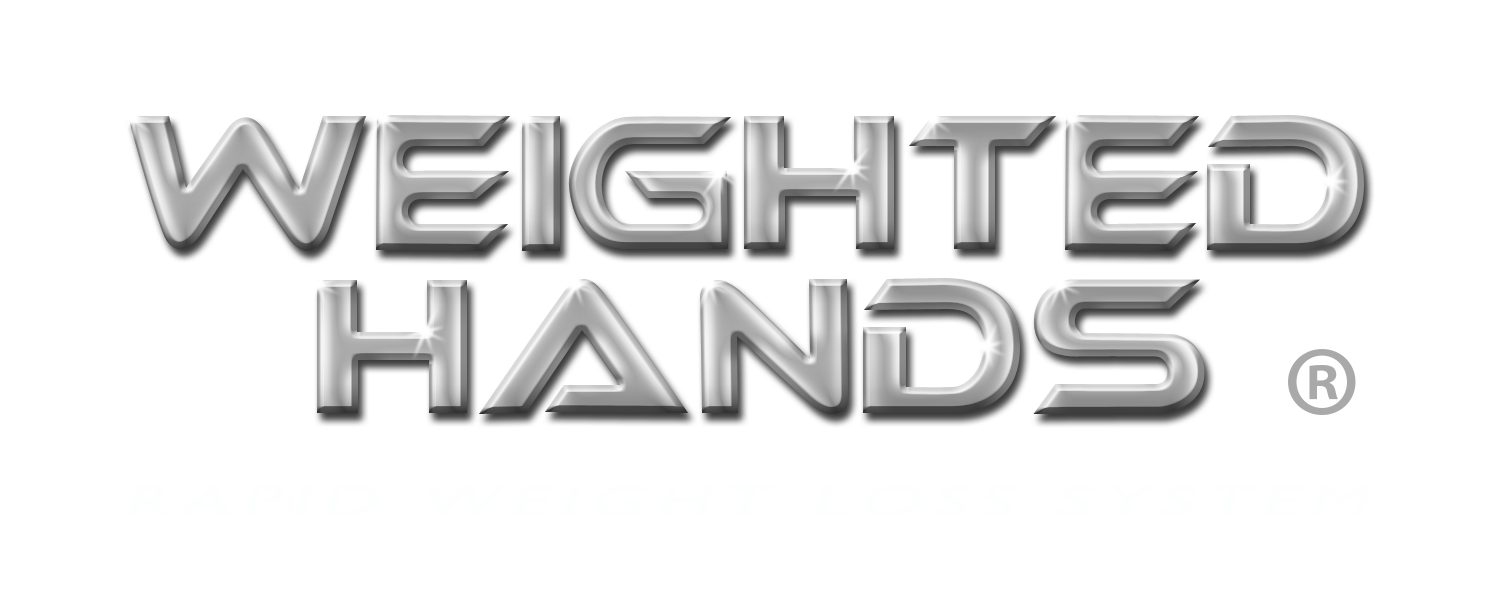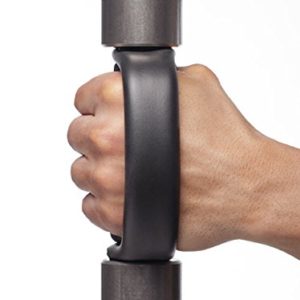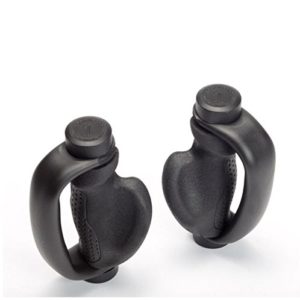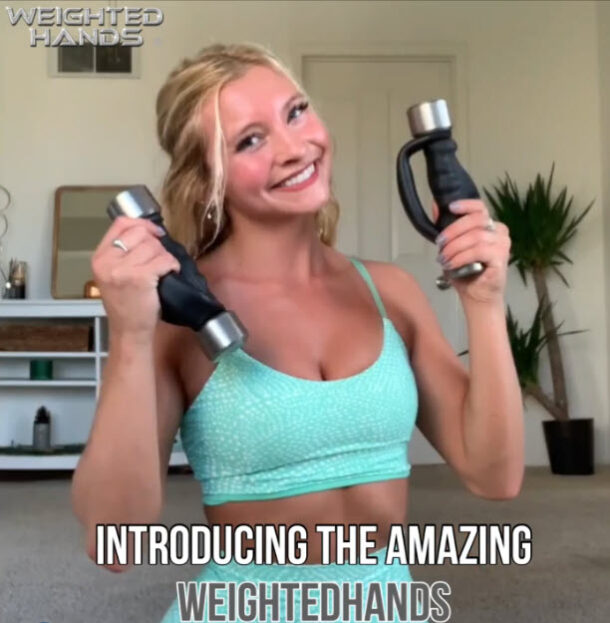November, 13, 1988
While he and his wife were strolling one hot summer evening a few years ago, Leonard Schwartz, the Pittsburg psychiatrist who invented Heavyhands, spied a runner with the hand weights.
But instead of pumping the weights up and down as he ran, the young man was merely carrying them.
“I ran after him for four blocks in Manhattan, yelling in the 90-degree heat,” Schwartz recalled.
“I walked with him three or four blocks trying to explain about pumping them. And when he went off, he was doing it right.”
This story comes pouring out in his stream-of-consciousness way, and it neatly illustrates the intensity of the obsessions that has come to drive Schwartz’s life:
Combined Exercise. The concept is simple.
Use as many muscle groups as possible during a workout to achieve maximum oxygen consumption by the muscle cells.
The trendy little weights cushioned with red foam rubber used to accomplish this are incidental.
Schwartz doesn’t disagree that you could be grasping two jars of mayonnaise. Or two bags of bird shot. Or two stones.
It’s the weight and the movement of the arms in concert with the rest of the body that is everything.
Schwartz is so certain of the purity of his vision that he believes he could alter forever the world of fitness if those who are blind and deaf to his idea would but only open their eyes and listen.
To this end, he has closed his psychoanalytic practice in Pittsburgh and devotes himself full time to exercise physiology.
Using the fortune he has amassed from Heavyhands and sales of his two books about their use, he has equipped a physiology laboratory at the University of Pittsburgh, where he holds the title of adjunct professor of physical education and health.
In the laboratory he has installed tom Auble, a former engineer who became a Heavyhands convert, switched over to exercise physiology and is completing work on a doctorate at the university.
Auble’s master’s thesis completed two years ago was titled: Cardiorespiratory Adaptations to Heavyhands Exercise Training.
Subsequent papers and research projects by Auble on exercise with hand weights have substantiated Schwartz’s beliefs about combined exercise.
Or have they?
There has been a lack of recognition, a downright skepticism, from the exercise physiology establishment about the use of hand weights and combined exercise.
“We have had a deuce of a time getting the academic community to pay attention to our research, even after it’s been properly referenced and published,” Schwartz wrote in a recent letter to an interested party.
“The typical paper on the subject would suggest a grudging 7-10 percent increase in workload when hand weights are added.”
But some of Auble’s latest research using fit experimental subjects has found an astonishing increase of 500 percent in workload when the workout involved hand weights according to the Schwartz method.
The key is pumping the weights. The more the arms move them and, particularly, the higher they are rhythmically lifted, the greater the workout.
If Auble’s findings are accurate, it would mean that for the same amount of time spent in a typical workout involving running or a similar activity, vastly greater aerobic benefit could be had from a Schwartz workout.
Schwartz is committed to spreading the word.
He has coined the term “panaerobic” to describe aerobic workouts in which all the body’s muscles are systematically called upon.
He created a video, “Heavyhands Panaerobics Basics,” starring himself, Auble and another colleague, Judy Shasek.
And he has formed his own book publishing company, Panaerobic Press.
He has formed the Leonard and Millie Schwartz Foundation (Millie is his wife of 42 years) to fund research into combined exercise.
“Our mission is to seek out brilliant young minds in the area of exercise physiology,” Schwartz said. “If I have the dough and they have the brains, I will support their research.”
Presumably, research intended to illustrate further the benefits of combined exercise will meet the warmest reception.
Schwartz is the first to admit such activity might sound like just another fitness mania entrepreneur cashing in while his products are still hot.
He does not reveal how much he has made from Heavyhands and the books. But more than 2 million of the weights have been sold for about $20 a set, and he owns the patent.
His first book sold about 400,000 copies in hardback and paperback.
“One of my problems is that I’m seen as Moneybags Schwartz,” he said. “People cannot believe that I could be interested in more than that.
I’ve had my taste at being rich and it doesn’t feel any better than being poor.”
“Exercise should involve all of our musculature,” Schwartz continued.
“Take a lot of muscle fibers and get them working a little bit.
The total amount of work is much higher.
The lexicons of exercise will be rewritten someday to make that point.”
Schwartz began running and then using hand weights in his early 50s because of the fear of death and a narcissistic desire to improve his body.
Now 63, his body is muscular and sculpted.
Thankfully entrepreneur Michael Senoff of www.WeightedHands.com began producing replacement weights and also specialized ergonomic handles for “HeavyHands” exercise, the prospects for finding new equipment were virtually nill.
Now, thanks to Senoff, the HeavyHands enthusiast can progress from the smallest weights used at the beginning to the heavier weights required for maximum strength endurance development.
Finally, people are able to progress as far as they want using HeavyHands.
Once again, Dr. Schwartz’ proven methods are helping a new generation of exercise and weight loss enthusiasts.






Recent Comments